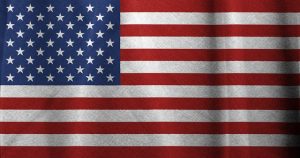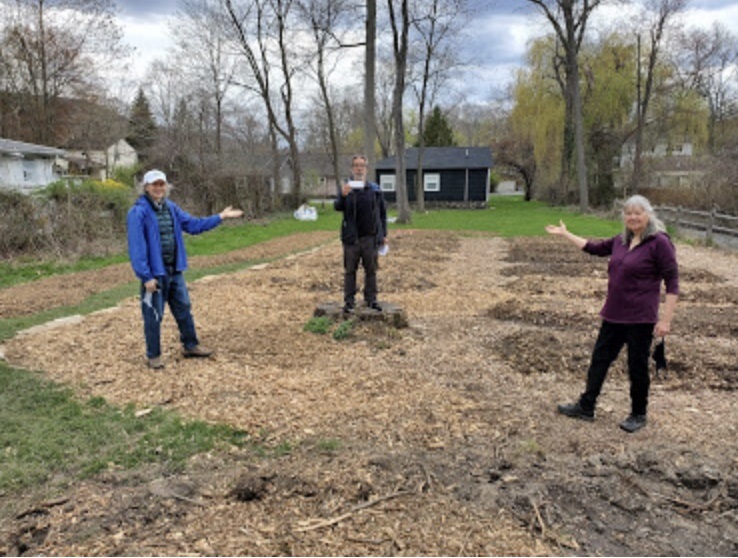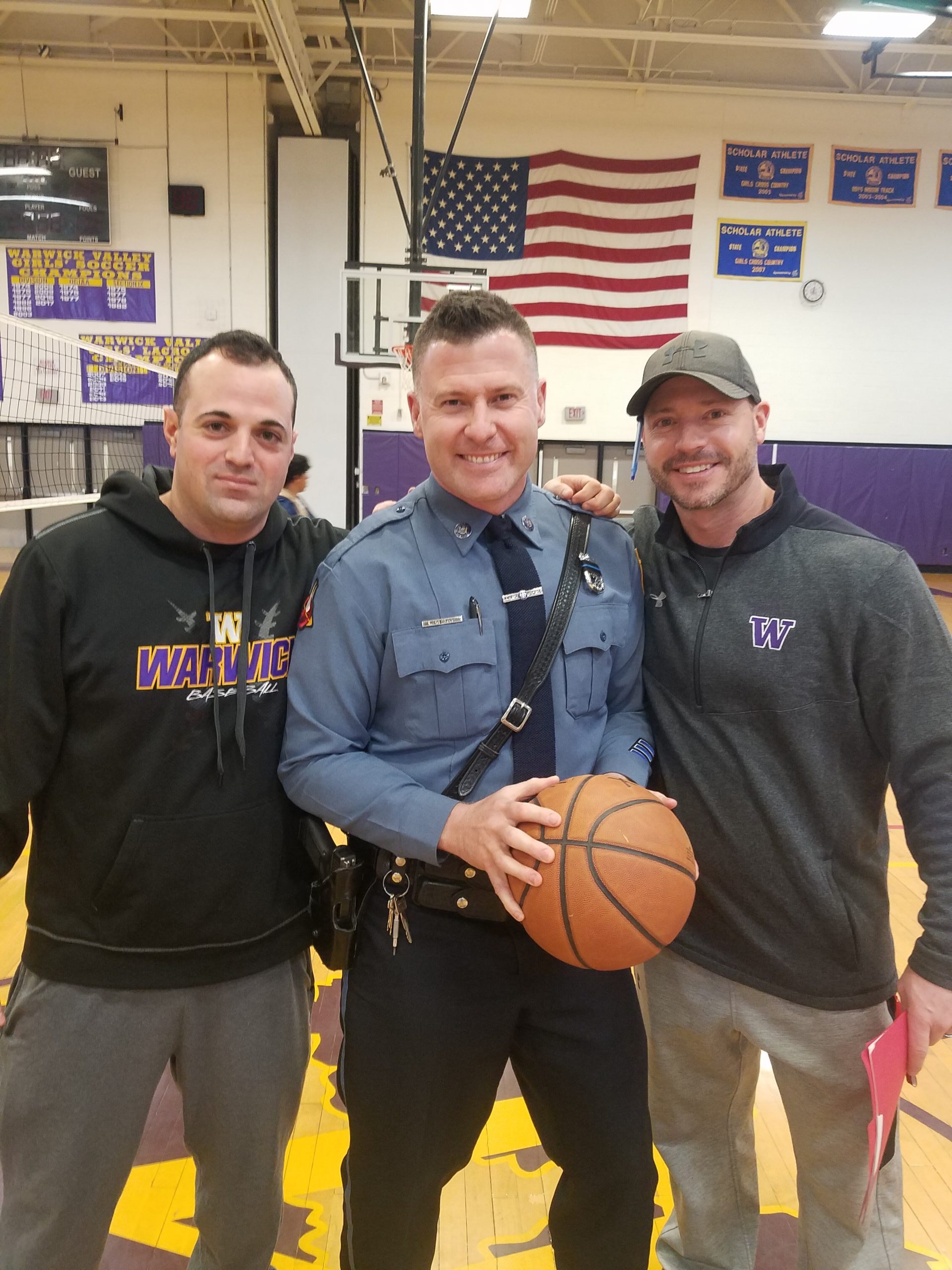By Ivy Tulin
Village of Warwick Historian
On October 23, 1920, the Historical Society of Warwick unveiled a six-ton boulder on a triangle of land at the center of the old village. The Frank Forester Society also known as the Sports Men of America had placed a bronze plaque on the stone.
The fundraising was directed by a Mr. Harry Worcester Smith of Massachusetts who was the director of the Society. It was a tribute of affection and admiration for the literary genius and hunting and fishing skills of Henry William Herbert, grandson of the Earls of Pembroke and Carnarvon in Great Britain where he was born. His pen name was Frank Forester.
He was known for his romantic and historic novels and books, his works on the sportsmanship of hunting and fishing and especially hereabouts for his work, “Warwick Woodlands,” which put our town on the map as a great place to recreate in the 1840s.
He was born in April of 1808 and being well educated but the son of a second son who was not to inherit the title and Highclere Castle of “Downton Abbey Fame,” he came to the states in 1831 to make his fortune. He wrote constantly but also was a tutor of Greek and Latin for Huddarts Academy in NYC. He married Sarah Barker shortly thereafter and they had one son. Their home was in Mt. Pleasant on the Hudson and was called “The Cedars” for its profusion of cedar trees.
He came to Warwick, always in July with a profusion of rods, guns and dogs and stayed for the hunting and fishing seasons through September. He knew every good fishing hole along the Wawayanda. He also spent a great deal of time on Wickham’s Pond.
He always stayed with his friend Tom Ward, also known as “Tom Draw” at his hotel and tavern on the Colonial Ave. opposite to Forrester, then called Lake St. He and Tom “beat the bushes” from here to Sugarloaf, from dawn to dusk for their favorite prey; the woodcock. They spent the rest of the evening eating, drinking and playing horrible practical jokes on each other. Tom was about 5’6” tall and he was also about that width, but nobody was “as fleet or sure of foot as he.”
Henry William’s wife died around 1844. He tried to stay busy by writing but the house was dark, gloomy and quiet. About 1858 he met a girl in the city that he fell in love with – Adela Budlong, and they were married. A few months into 1858 his wife left him as his behavior was very erratic and her intention was to divorce him. He called his friends together for a party. While all were making merry, he left the room and shot himself in the heart. All here in Warwick were saddened by his loss.
All were very supportive in 1920 of the monument as his legend was still alive here. A “Frank Forester Day” was planned. Reenactors dressed in the style of the period and there was a parade, the arrival of Frank Forester and others in wagons, coaches and many speeches made by quasi people of the 1840s. Refreshments were sold at the Baird’s Tavern by the Warwick Hospital and Community Nursing Team, to raise money for the hospital. The purpose of the festivities and the placing of the plaque, was to “honor one who has made Warwick, historic.”







